The windflower, scientifically known as Anemone, belongs to the Ranunculaceae family and originates from diverse regions, including the United States, Russia, Central Asia, North Africa, and South America. These bulbous plants are cherished for their cheerful, vibrant blooms that bring life to gardens from early spring onward. With a variety of stunning colors and numerous species, windflowers are a versatile choice for gardeners.
In British gardens, popular varieties like Anemone nemorosa, Anemone blanda, Anemone coronaria, and Japanese Anemones thrive effortlessly. These plants are known for their ability to spread harmoniously among other plants, creating dynamic and colorful borders.
| Common name | Windflower |
| Botanical name | Anemone |
| Family | Ranunculaceae |
| Origin | U.S.A , Russia, Central Asia, North Of Africa and South America |
| Life cycle | Bulb |
| Plant type | Bulb |
| Hardiness zone | 4, 5, 6, 7, 8, 9 |
| Sunlight | Full Sun |
| Maintenance | Low |
| Soil condition | High Organic Matter |
| Soil ph | Acid |
| Drainage | Well-Drained |
| Growth rate | Slow |
| Spacing | 12 in. – 3 ft. |
| Harvest time | Summer |
| Flowering period | Fall |
| Height | 1 ft. – 4 ft. |
| Flower color | Blue |
| Leaf color | Green |
| Stem color | Green |
| Fruit type | Achene |
| Flower benefit | Good Cut |
| Garden style | Native Garden |
| Uses | Meadow |
I. Appearance and Characteristics
Anemone is a genus of flowering plants in the buttercup family Ranunculaceae. Plants of the genus are commonly called windflowers. They are native to the temperate and subtropical regions of all continents except Australia, New Zealand and Antarctica. The genus is closely related to several other genera including Anemonoides, Anemonastrum, Hepatica, and Pulsatilla. Some botanists include these genera within Anemone.
Anemone are perennials that have basal leaves with long leaf-stems that can be upright or prostrate. Leaves are simple or compound with lobed, parted, or undivided leaf blades. The leaf margins are toothed or entire.
Flowers with 4–27 sepals are produced singly, in cymes of 2–9 flowers, or in umbels, above a cluster of leaf- or petal-like bracts. Sepals may be any color. The pistils have one ovule. The flowers have nectaries, but petals are missing in the majority of species.

The fruits are ovoid to obovoid shaped achenes that are collected together in a tight cluster, ending variously lengthened stalks; though many species have sessile clusters terminating the stems. The achenes are beaked and some species have feathery hairs attached to them.
Anemone flowers present a minor toxic hazard to humans. Contact with the sap could result in mild skin irritation. If this does occur, simply wash the affected area with warm water and soap. Ingesting anemones can cause vomiting and diarrhea. If you do ingest any part of an anemone plant, seek immediate medical attention.
Anemones’ bitter flavor makes ingestion among humans unlikely, but anemones pose a much greater threat to animals. Take special care to plant them out of reach of pets with an adventurous appetite. If your dog or cat were to eat enough of the plant, it could be lethal.
II. How to Grow and Care
Sunlight
Most species of anemones should be planted where they receive at least half a day of direct sunlight. Some varieties thrive more in partial shade, but they should still receive at least four hours of sun daily.
Temperature and Humidity

Anemones like relatively cool temperatures. Most species do best with daytime temperatures are 58 to 65 degrees Fahrenheit and nighttime temperatures are 42 to 50 degrees. Gardeners in USDA hardiness zones 3 to 10 will be able to find at least one Anemone species that will thrive, but no single species can adapt to all zones. A. blanda and its cultivars are appropriate for zones 4 to 8, for example, while A. coronaria and its cultivars are able to grow in zones 7 to 10. Gardeners in cold-winter zones might choose to grow tender anemones as annuals, planting new corms each spring.
Anemones have no special humidity requirements provided they are receiving proper soil moisture.
Watering
Water the plants regularly when rainfall is less than one inch per week. Keep the soil lightly moist by watering slowly to allow the soil to absorb as much water as possible. Some varieties have special water needs; for example, wood anemone (A. nemorosa) dies to the ground in midsummer and does not need water until it regrows in fall.
Soil
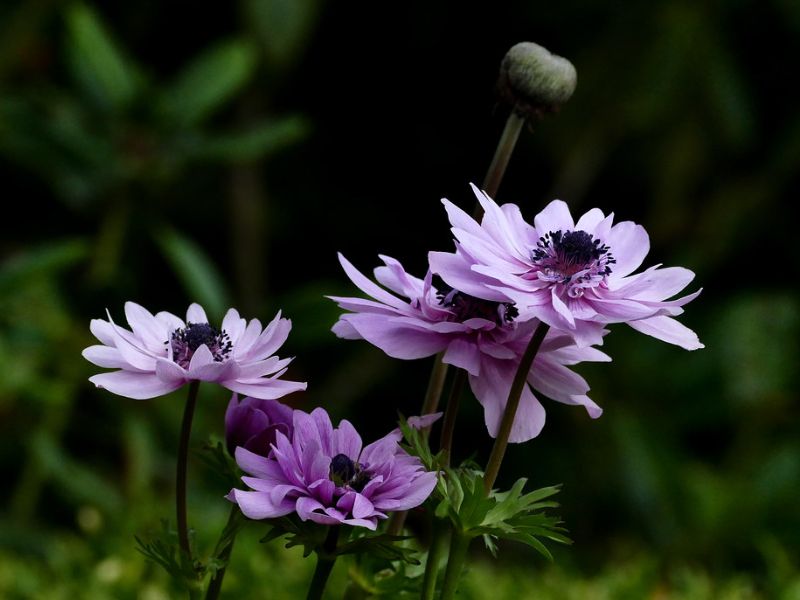
Plant anemones in moist, well-drained soil. Before planting, you can improve the soil by adding compost, leaf mold, or other organic matter. Anemones aren’t fussy about soil pH, but will thrive in slightly acidic soil.
Fertilizing
If desired, you can add bone meal to the soil in the fall for spring bloomers or in the spring for fall bloomers to give the plants a nutrient boost. No additional feeding is needed or recommended.
Planting Instructions
Planting anemones successfully is all about addressing the needs of corms versus tubers.
- Identify which type of anemone you have. Anemones come in both corm and tuberous varieties. The process of preparing them for the ground differs, so start by identifying which one you’re working with before planting.
- Soak corms for a few hours. If you’re planting a variety that grows from corms, soak them in lukewarm water for four to six hours before planting to jump-start growth.
- Soak tubers overnight. If you’re planting a tuberous variety, soak your tubers overnight. This will help them sprout faster.
- Choose a sunny location. Anemones thrive when planted in areas that receive full sun, but they may need partial shade later in the day to protect them from intense afternoon sunlight.
- Prepare your soil. Both corms and tuberous varieties need lots of nutrients to thrive and will benefit from soil mixed with compost or other organic matter.
- Space them appropriately. When you’re ready to plant, place your tubers about three inches deep and three inches apart from each other. Plant corms roughly three inches deep and six inches apart.
Pruning
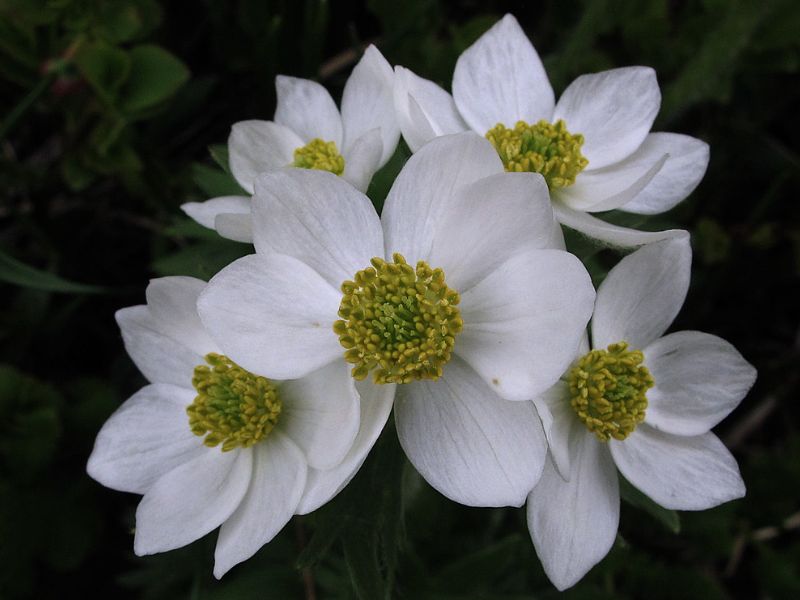
The fading foliage of spring bloomers is usually insignificant enough to wither away unnoticed, so you will not need to prune it for a tidy-looking garden. Taller fall-blooming varieties might look shabby after the first frost, so shear off dead growth as part of your early winter clean-up tasks.
Propagation
Dividing
Though the different species of anemones have different root structures, all can be propagated by digging up the corms/tubers, dividing them, then replanting. Lifting the roots in fall for winter storage is a good idea if your garden experiences wet soil over the winter. Here’s how:
- In the fall after the foliage has begun to die back, dig up the root clump or corms.
- With corm-types, carefully break off any offset corms that have formed, discarding any that are decayed or soft. For those plants with rhizomatous roots, shake off most of the dirt, then divide the roots into segments, with each piece attached to a segment of crown.
- Replant immediately or store the corms or roots in a cool dry place over winter for planting next spring.
- If you have stored the roots over winter, it’s a good idea to soak them in a bucket of water overnight to rehydrate them before planting. Unlike many bulbs that have a distinct shape that indicates how you should orient them in the planting hole, anemones corms/tubers are lumpy and irregular. They will grow properly no matter how you orient them in the ground.
Seed
Seed propagation of anemones is a slow, unpredictable method that is generally practiced only by serious amateurs or by professionals developing new cultivars by disciplined cross-pollination.
But if you want to try seed propagation, collect the seeds from dried seed heads left after the flowers fade, and sow them in an outdoor cold frame filled with loose, well-draining soil mix. Just barely cover the seeds. After they sprout, allow the seedlings to remain outside over winter under a thick layer of mulch, then transplant them individually the following spring.
If you wish to start the seeds indoors in pots or trays, the seeds will need a cold stratification period of three to four weeks before you sow them in a bright location to sprout.
Potting and Repotting
Not all Anemone species adapt well to growing in containers, but one that does is Anemone coronaria, of which there are many cultivars. Use a large pot filled with ordinary commercial potting soil blended with well-decayed compost. It’s generally best to use a large 12- to 14-inch container. Corm-types should be spaced at least four inches apart; rhizomatous types should be planted one per pot.
Potted anemones do not adapt well to growing indoors, though they can be overwintered in an unheated greenhouse or another sheltered area where they can receive the necessary winter chill period. When the plant becomes root-bound (an issue only with the rhizomatous types), divide the root clump and replant.
Overwintering
Provided the species being grown is appropriate to your hardiness zone, no special winter protection is needed for anemones. Most gardeners simply trim off the flower stalks and foliage near ground level as part of the general winter cleanup work in the garden.
If you are growing a species that is borderline hardy for your region, a layer of mulch over the root crowns can protect the roots from winter kill.
Pests and Diseases

Common Pests & Plant Diseases
Although there are no truly serious pest or disease problems with Anemone, they can be stricken with foliar nematodes that feed inside the leaves. These microscopic soil worms can cause distorted leaves and flowers through damage to the plant cells. Treatment is difficult, but removing plants and heating the soil through solarization sometimes gets rid of nematodes. All plant material in the afflicted area will need to be removed and disposed of. Periodically tilling up the soil and allowing it to bake in the sun might rid the area of nematodes.
A variety of fungal leaf spots, downy mildew, and powdery mildew can affect Anemones though the diseases are rarely serious.
Common Problems
Anemones are relatively care-free flowers that are only subject to a few issues:
Flopping Flowers
It’s generally desirable for anemones to sway in the wind, but some species can lose the ability to stand upright. Taller anemones might need to be staked to prevent them from flopping especially when they are not receiving enough sunlight.
Holes in Leaves
This can happen if snails or slugs come to visit. If these pests become a problem, small saucers of beer or snail/slug bait will do the trick.
Plants Die Out Over Winter
An unusually cold winter—or one that saw unexpected thaws followed by a hard refreeze—can cause some Anemone species to perish. There’s no solution other than to repurchase and replant.
If this is an ongoing problem, you might consider digging up the corms or roots to store for the winter for yearly replanting in the spring.
III. Uses and Benefits

- Landscape uses
Plant several dozen spring-blooming anemones around your tulips and daffodils, or plant large drifts of anemones in wooded areas where they can naturalize undisturbed.
Place your spring-blooming anemones near the front of your borders or at the edges of paths, and do not worry about browsing deer, which generally find this flower unpalatable.
Fall-blooming anemones are good for filling in gaps between mounding chrysanthemum plants.
- Cut flowers
While not all types of anemones work well as cut flowers, the ones that do are stunning! Despite their delicate appearance, these anemones can last in a vase for over a week.
Each anemone corms can produce up to 30 flowers. Planting a handful of corms can lead to hundreds of blooms.
Like with many types of flowers, it’s best to cut anemones as soon as the flowers begin to open. This will lead to a long vase life.
If you want to grow anemones for floral displays, it’s important you select the proper species. While some anemone flowers hold up well in a vase, others quickly wilt or wither.
The poppy anemone (Anemone coronaria) is one of the best anemone species to grow for cut flowers. Due to plant breeding efforts, you can find these flowers in various colors.
- Medicinal uses
Although anemone plants are toxic, herbalists have been using anemones for years to treat a variety of symptoms. The leaves and flowers can be used to make a tincture that can then be used in very low doses.
Herbalists suggest that anemone plants can be used to help with anxiety and frazzled feelings. Tinctures may also help with migraines, insomnia, and other issues.
The plants have been used in China to treat various conditions. These include arthritis, skin infection, epilepsy, and dysentery.
Buy Plants

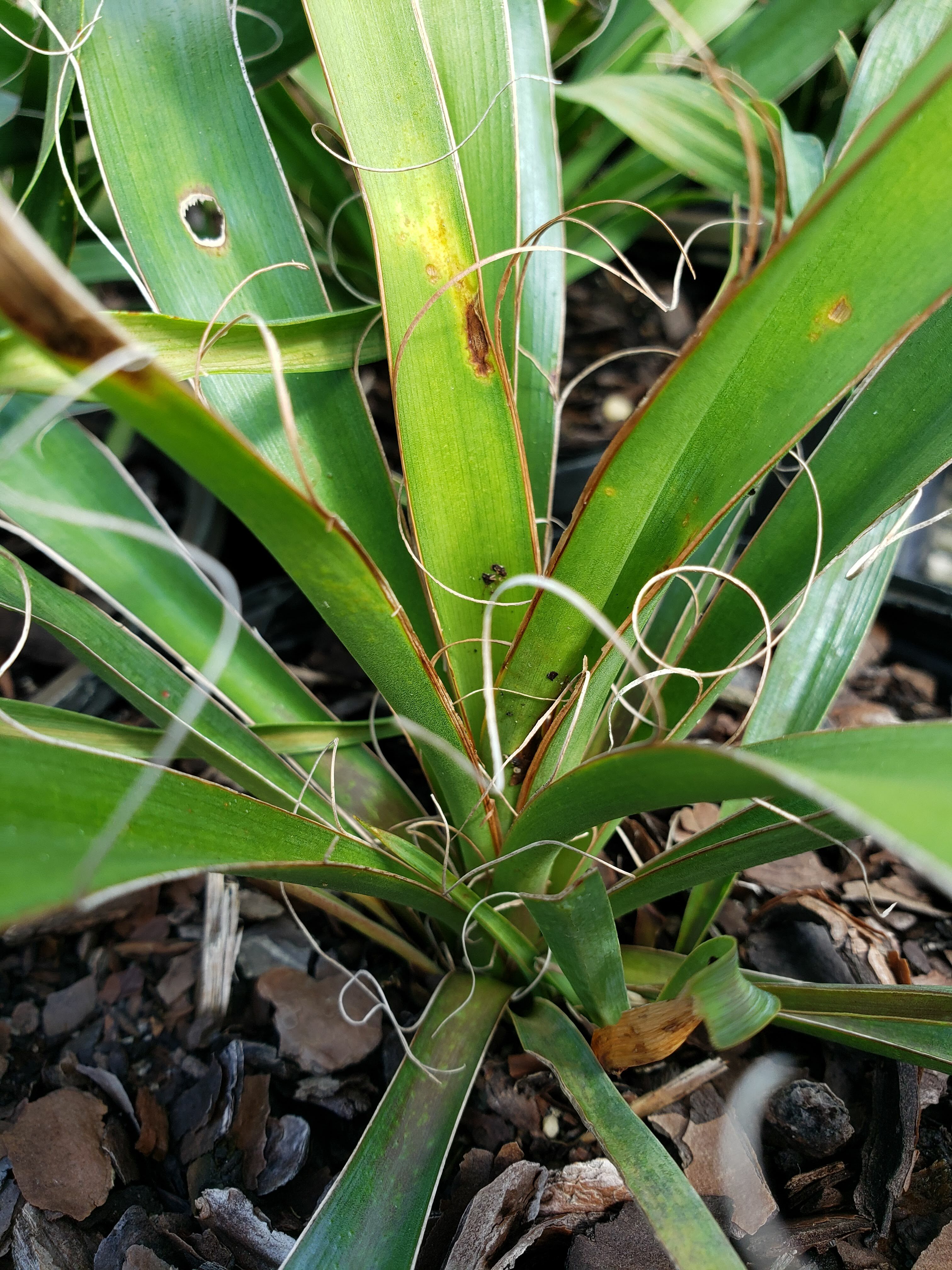

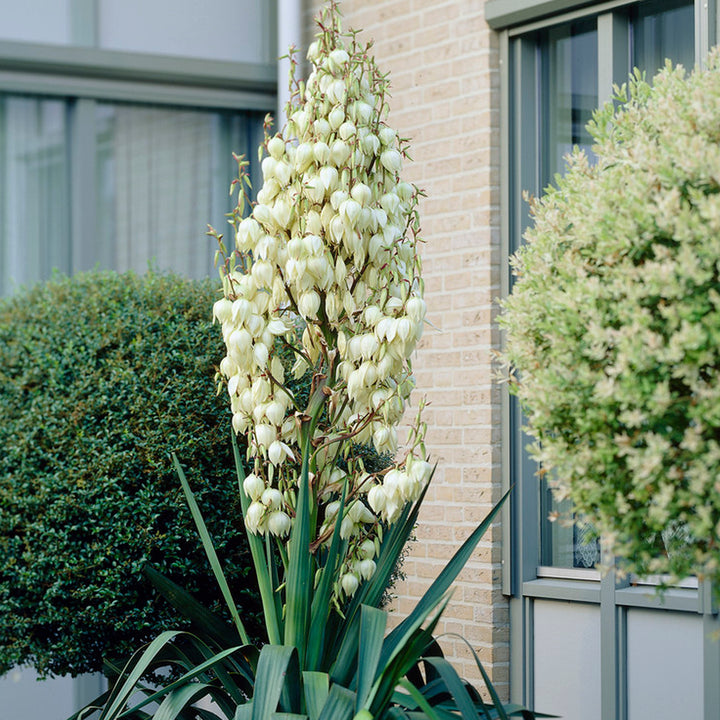

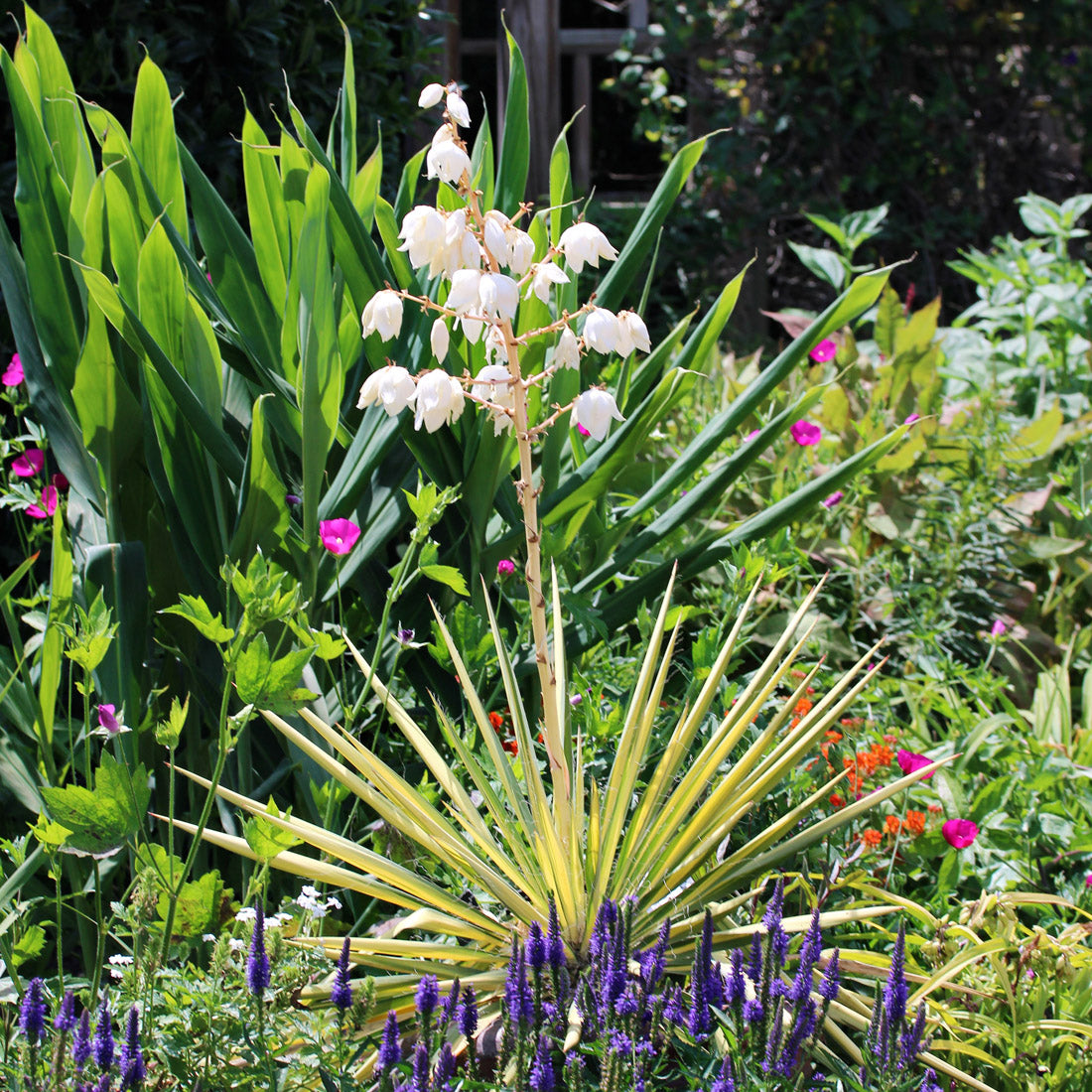

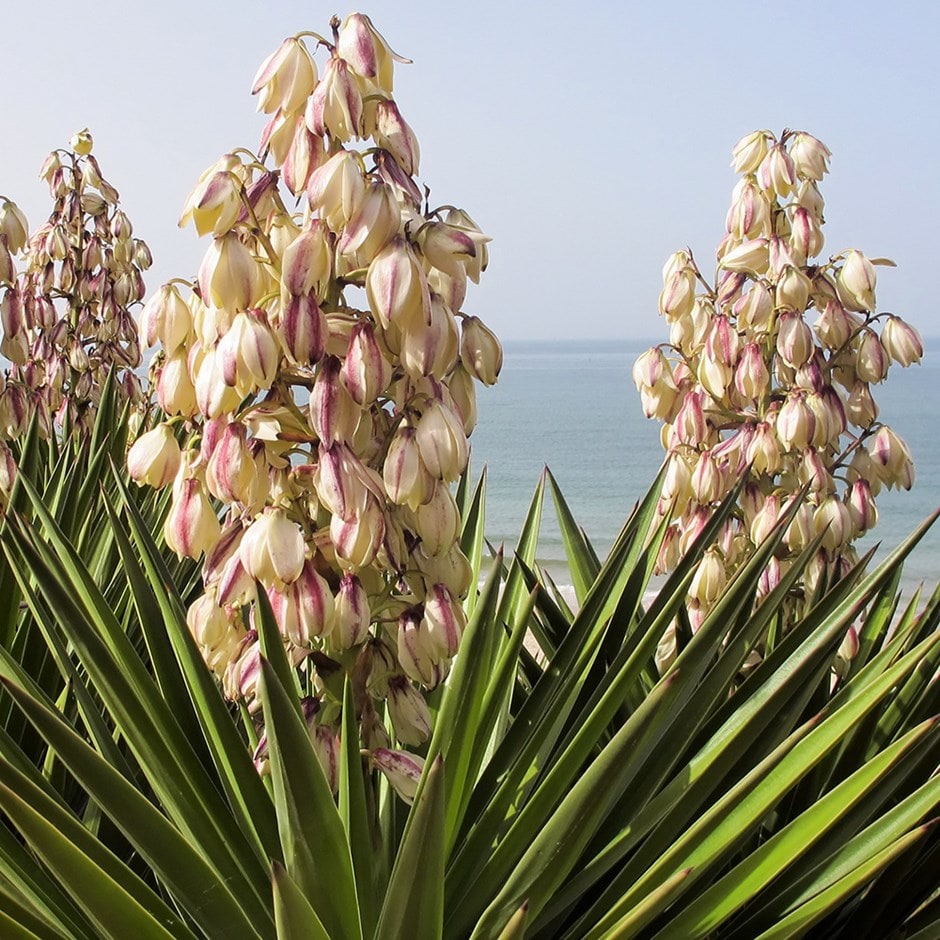
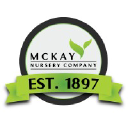

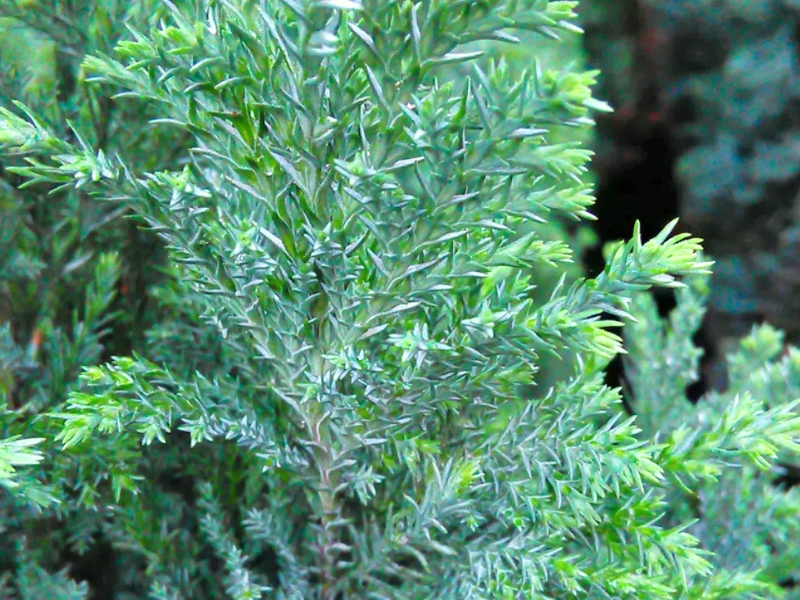
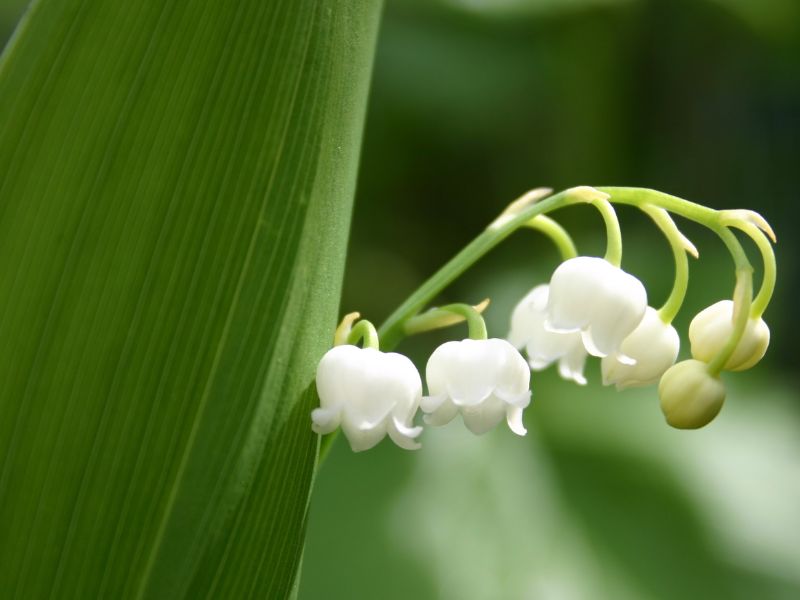
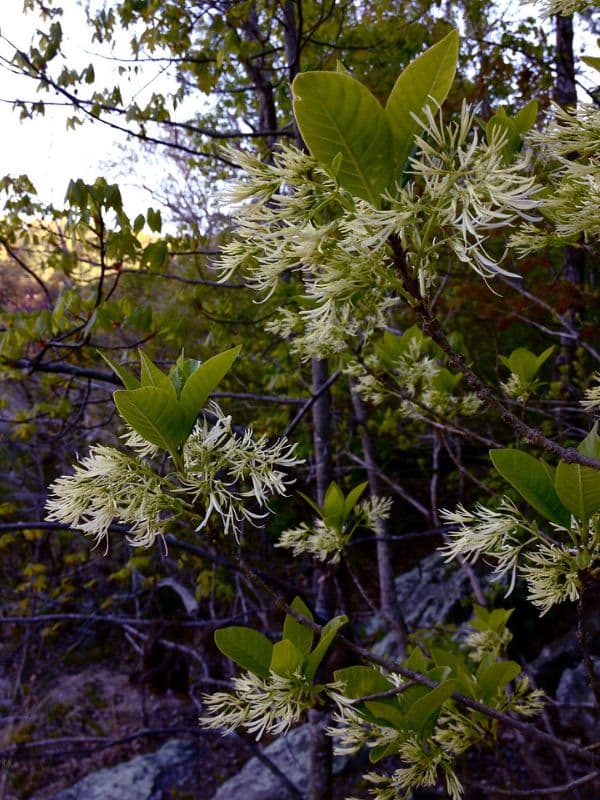
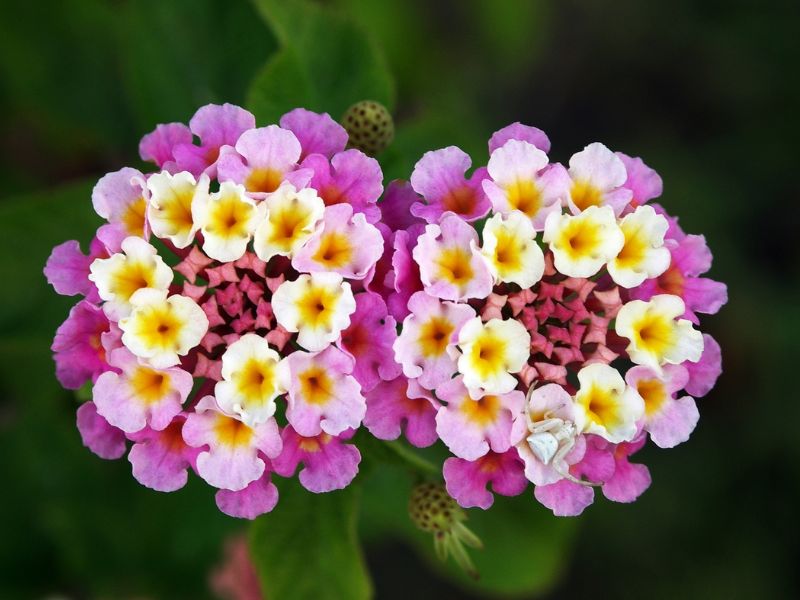
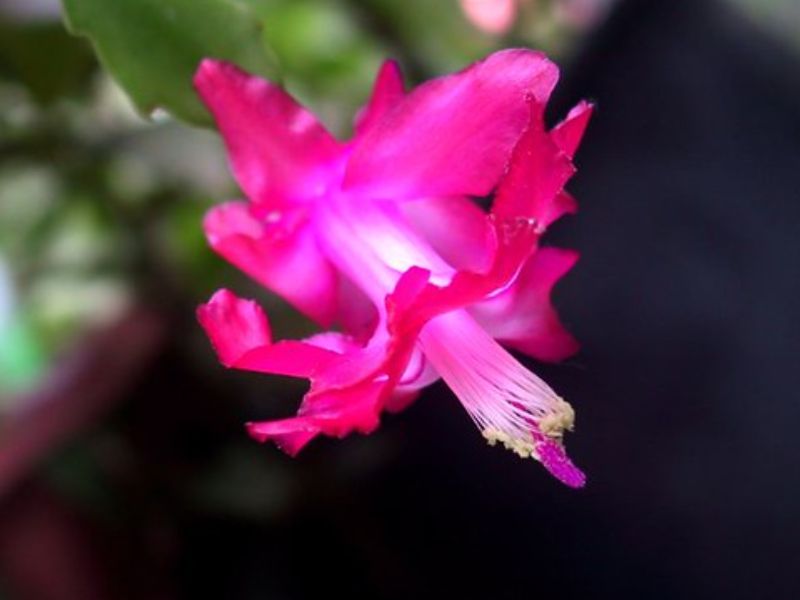
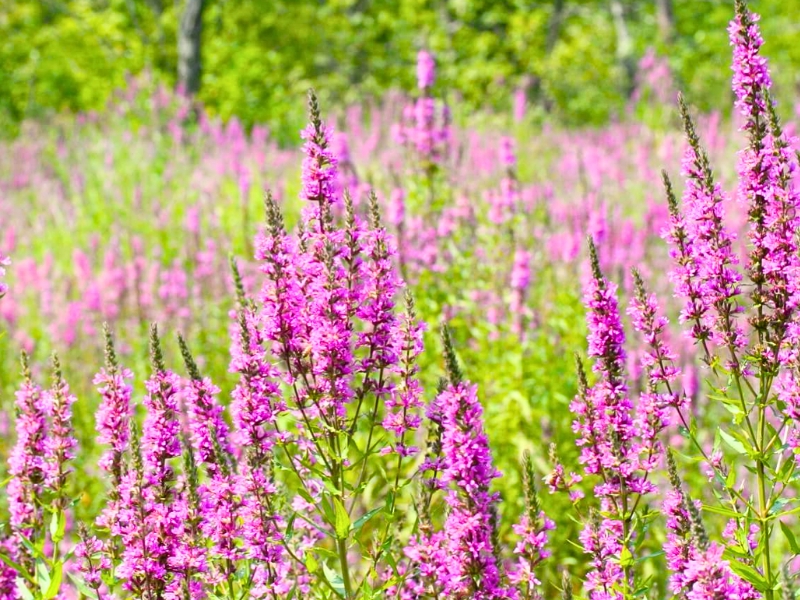
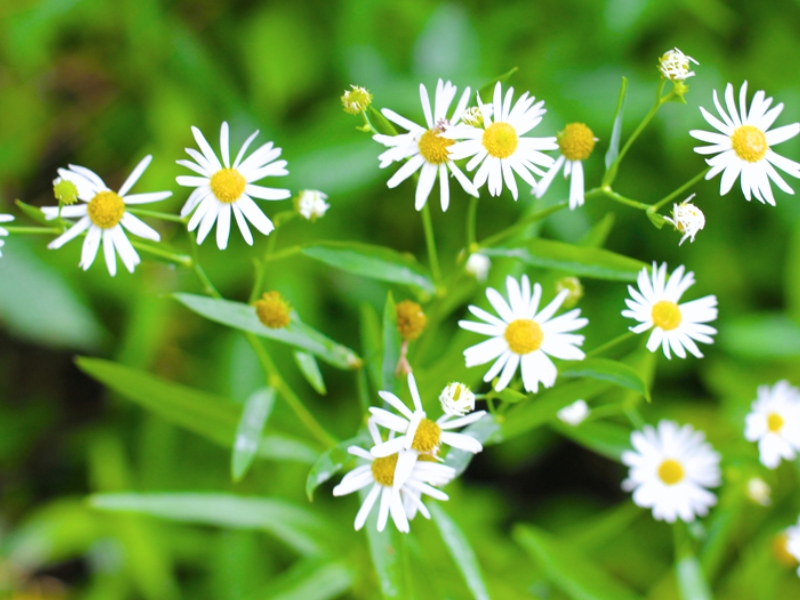
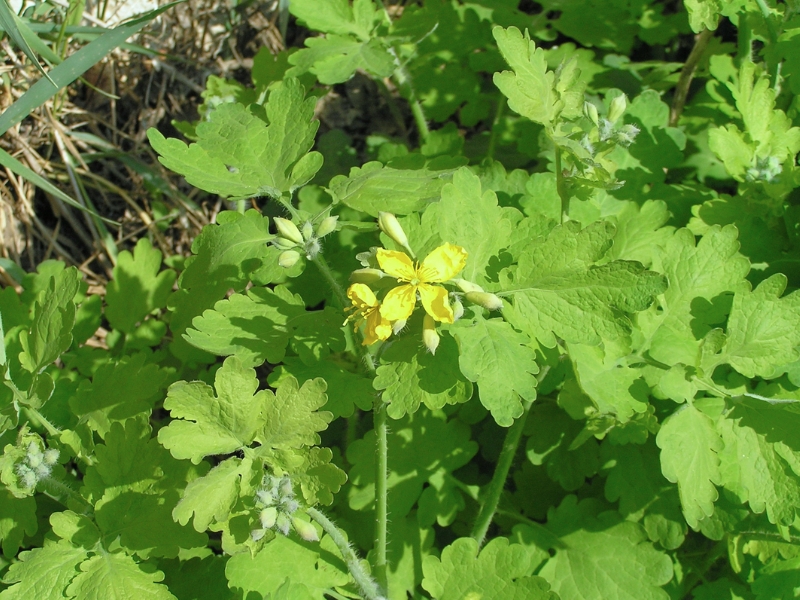
Leave a Reply